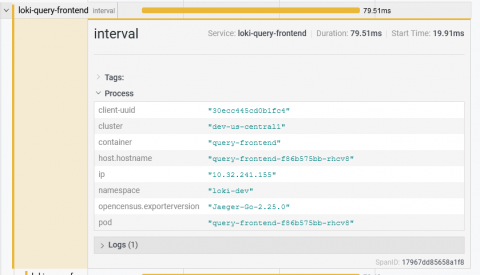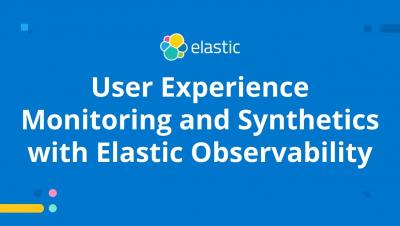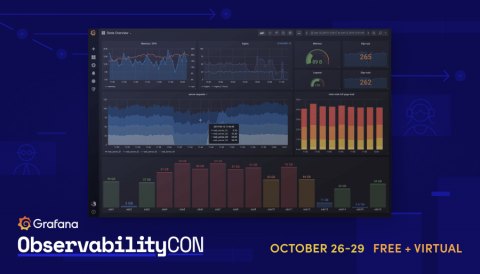Mix & Match! Tracing Header Interoperability Between OpenTelemetry and Beelines
We’ve released support for tracing header interoperability in all of our Beelines. This means you can now mix and match distributed services instrumented with Beelines or with OpenTelemetry, and your traces will be preserved in Honeycomb!











